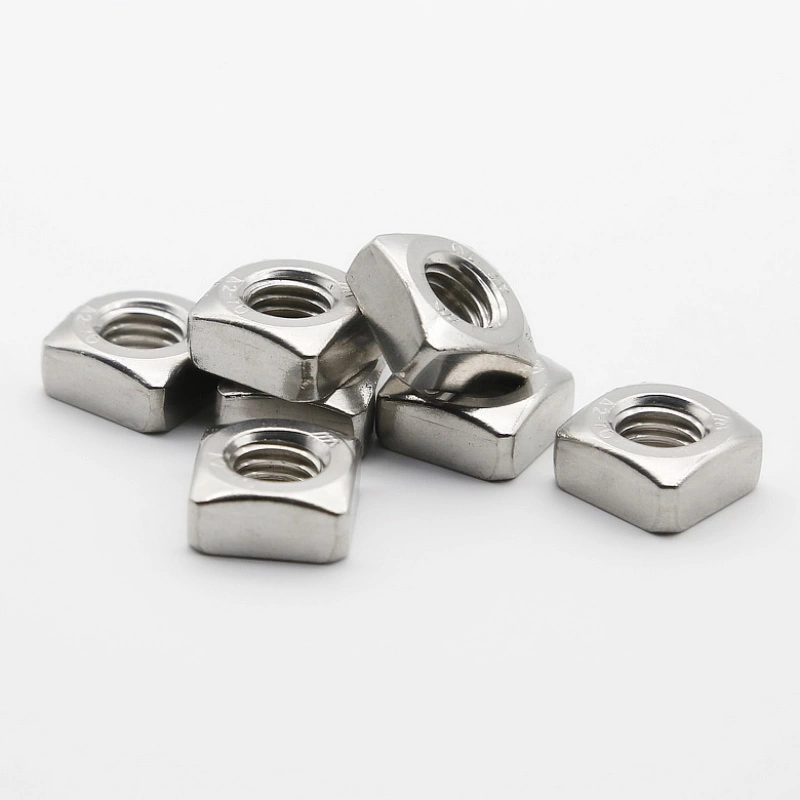

m30 bolt
Nov . 18, 2024 06:49 Back to list
m30 bolt
Understanding the M30 Bolt A Comprehensive Overview
When it comes to fasteners, the M30 bolt is a critical component in various engineering and construction applications. This particular type of bolt is characterized by its M30 thread size, which is a metric designation meaning it has a nominal diameter of 30 millimeters. The 20 following the M30 indicates that the bolt has a 20-pitch thread, making it an essential choice for projects requiring strong and reliable fastening solutions.
Specifications of the M30 Bolt
To better understand the M30 bolt, one must first look at its specifications. The bolt typically features a coarse thread designed for enhanced grip and torque capability. The length of the bolt can vary, typically ranging from a few centimeters to more than a meter, allowing for versatile applications in different contexts. Material composition is crucial as well; M30 bolts are commonly made from carbon steel, stainless steel, or alloy steel, depending on the environment in which they will be used.
The coating of the bolt also plays a significant role in its performance. Common coatings include zinc plating for corrosion resistance, black oxide for a sleek appearance, and hot-dip galvanizing for superior weather resistance. Choosing the right material and coating is essential for ensuring that the bolt can withstand specific stresses, environmental conditions, and loads.
Applications of M30 Bolts
M30 bolts find use in a variety of applications across multiple industries. One of the most common uses includes structural applications, where strong connections are necessary for holding together beams, columns, and other major components in buildings and bridges. These bolts ensure that the structural integrity of these constructions is maintained, especially under heavy loads or in challenging environmental conditions.
m30 bolt

Another important application of M30 bolts is in machinery and equipment. Many industrial machines require robust fastening solutions to ensure operational reliability and safety. The high tensile strength of these bolts supports the mechanical components under significant stress, leading to improved performance and reduced risk of failure.
Installation and Maintenance
Proper installation and maintenance of M30 bolts are crucial in ensuring their functionality. The bolts should be installed using appropriate torque specifications, as over-tightening can cause damage, while under-tightening can lead to loosening over time. Torque wrenches and appropriate washers are recommended to distribute the load evenly and enhance grip.
Regular inspections can identify signs of wear, corrosion, or loosening, which can compromise the integrity of the assembly. It’s advisable to replace any damaged or corroded bolts promptly to maintain safety and reliability.
Conclusion
In summary, the M30 bolt is an integral component in various engineering and construction projects due to its robust design, versatile applications, and immense strength. Understanding its specifications, appropriate applications, and best installation practices is essential for engineers, architects, and builders aiming to ensure the success and safety of their projects. As industries continue to evolve and demand higher performance fasteners, the significance of reliable components like the M30 bolt cannot be overstated. Whether for structural support, machinery assembly, or other applications, these bolts remain a cornerstone of modern engineering.
Latest news
-
High-Strength Hot Dip Galvanized Bolts - Hebei Longze | Corrosion Resistance, Customization
NewsJul.30,2025
-
Hot Dip Galvanized Bolts-Hebei Longze|Corrosion Resistance&High Strength
NewsJul.30,2025
-
High-Strength Hot-Dip Galvanized Bolts-Hebei Longze|Corrosion Resistance&High Strength
NewsJul.30,2025
-
Hot Dip Galvanized Bolts-Hebei Longze|Corrosion Resistance&High Strength
NewsJul.30,2025
-
Hot Dip Galvanized Bolts - Hebei Longze | Corrosion Resistance, High Strength
NewsJul.30,2025
-
High-Strength Hot Dip Galvanized Bolts-Hebei Longze|Corrosion Resistance, Grade 8.8
NewsJul.30,2025

